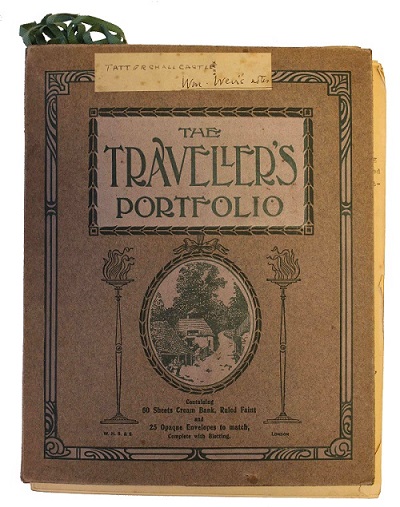The SPAB Annual Report for 1912 states “The fate of this most valuable example of a fifteenth-century castle has been watched with anxiety for some time. Happily it has now passed into the possession of the Right Hon. Earl Curzon of Kedleston, who is undertaking extensive works of repair which will ensure its future safety. The noble Earl has employed an architect, in consultation with the Society, to direct the works on the spot.” This architect was William Weir.
The castle was in a ruinous state when it was sold to Lord Curzon for £500. The original fireplaces had recently been stripped out and after a nationwide hunt they were found in London and bought back by the Earl for £15,000. This experience lead him to support stricter protection laws for historic buildings. In 1913 he was instrumental in the passing of the Ancient Monuments and Amendments Act, which for the first time gave the government powers to act directly when a historic site was under threat. Landowners could be forced to repair structures or be fined, and unpaid fines could lead to imprisonment.
Lord Curzon (1859–1925) was a major figure of British public life, who has a controversial legacy as an advocate for British imperialism across the world and as president of a group opposing women's suffrage. Find out more on the National Trust's website.
Image: front cover of one of Weir’s notebooks on Tatterhall Castle.

